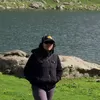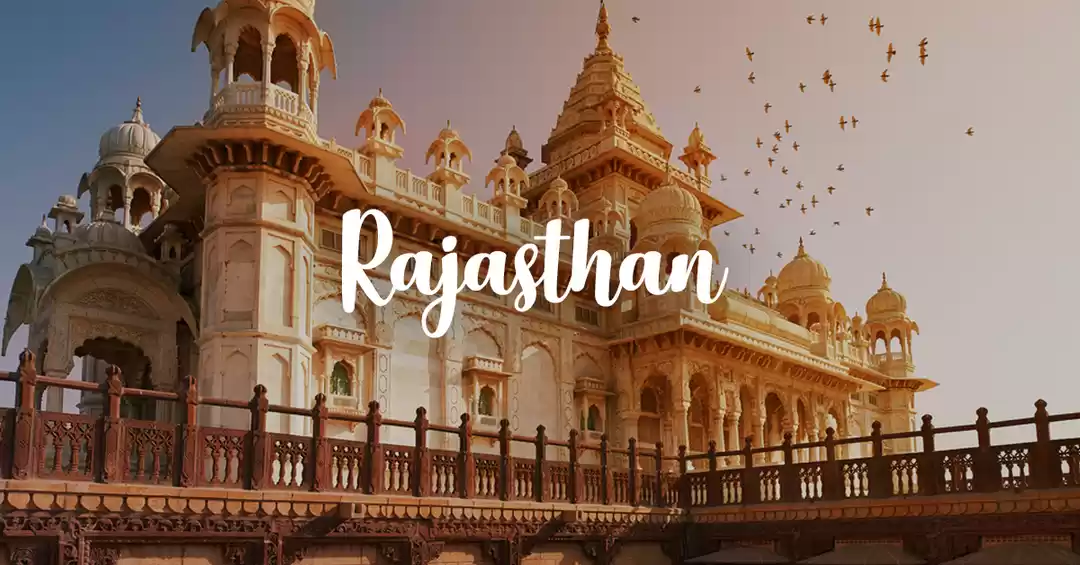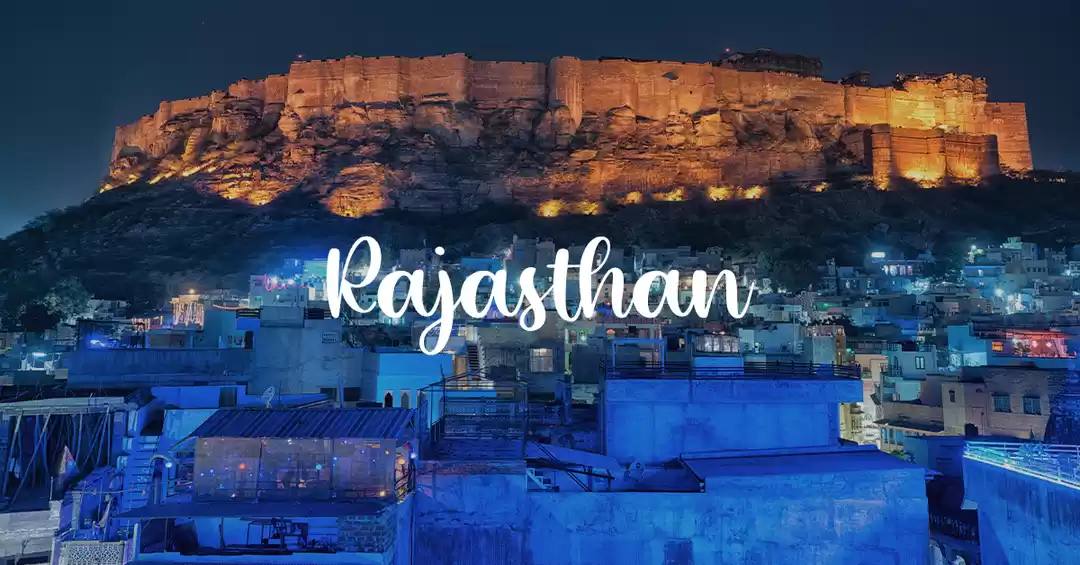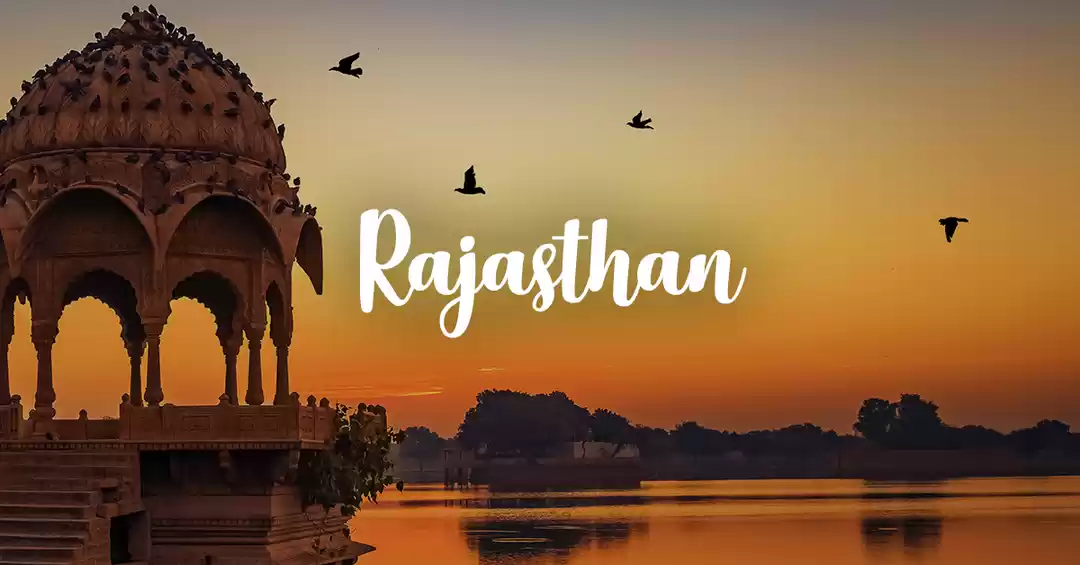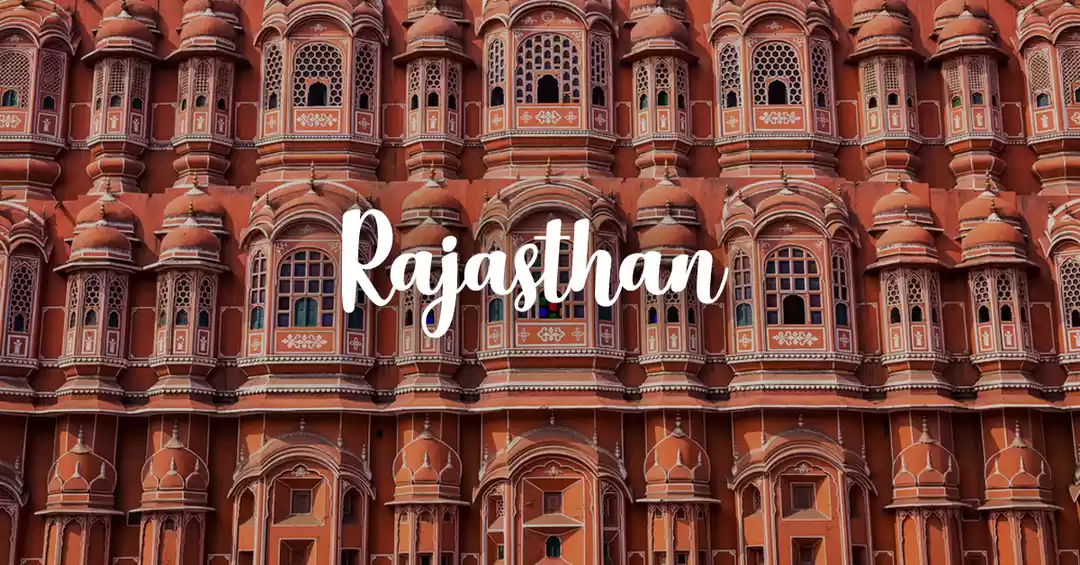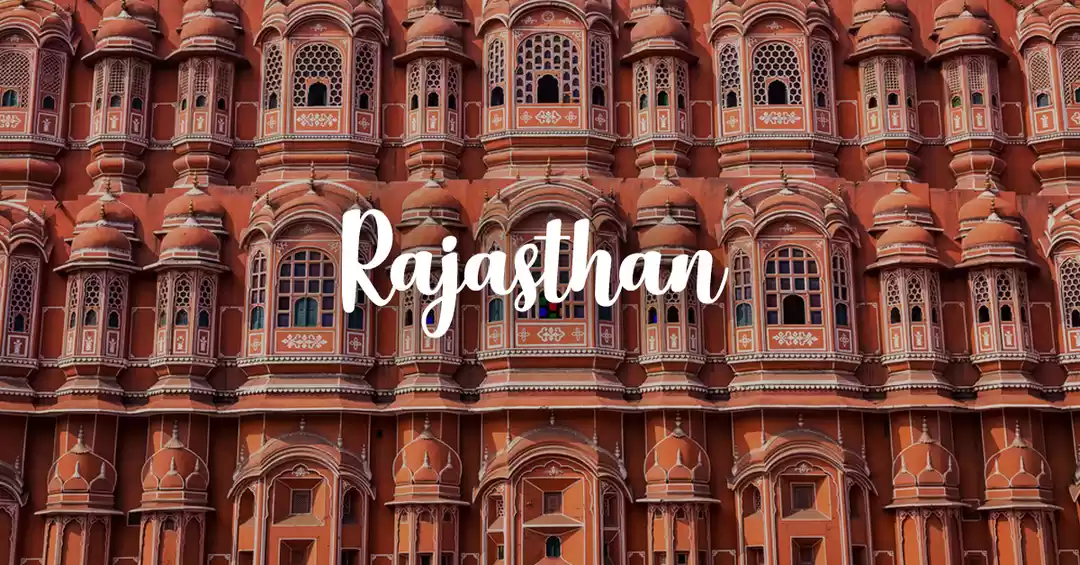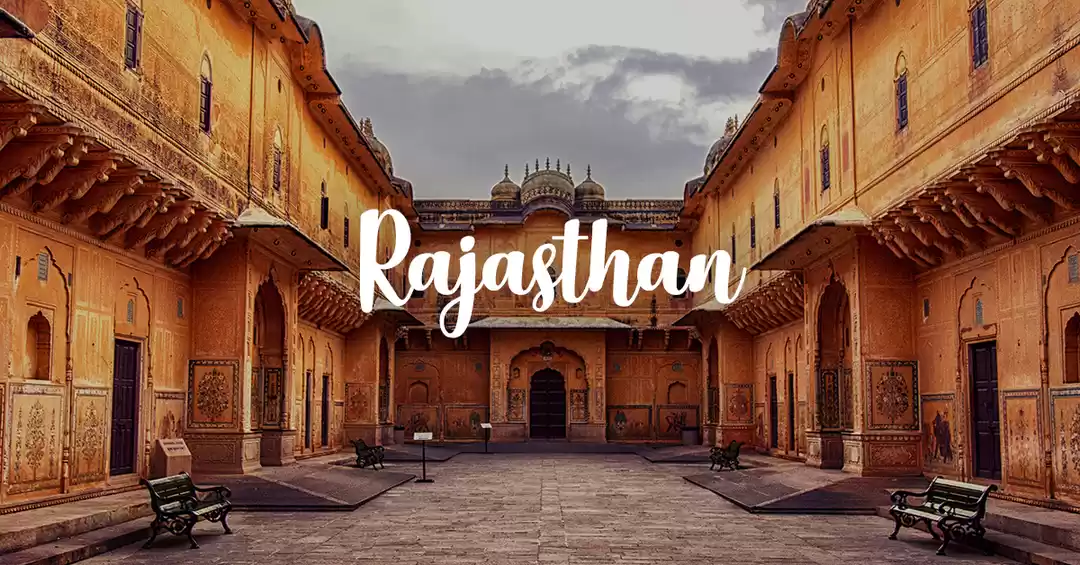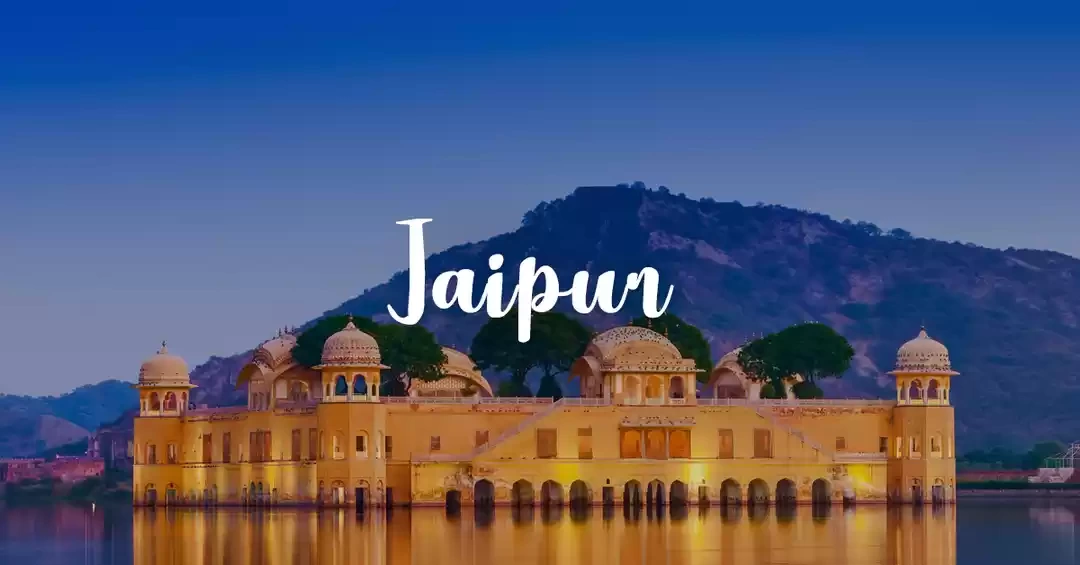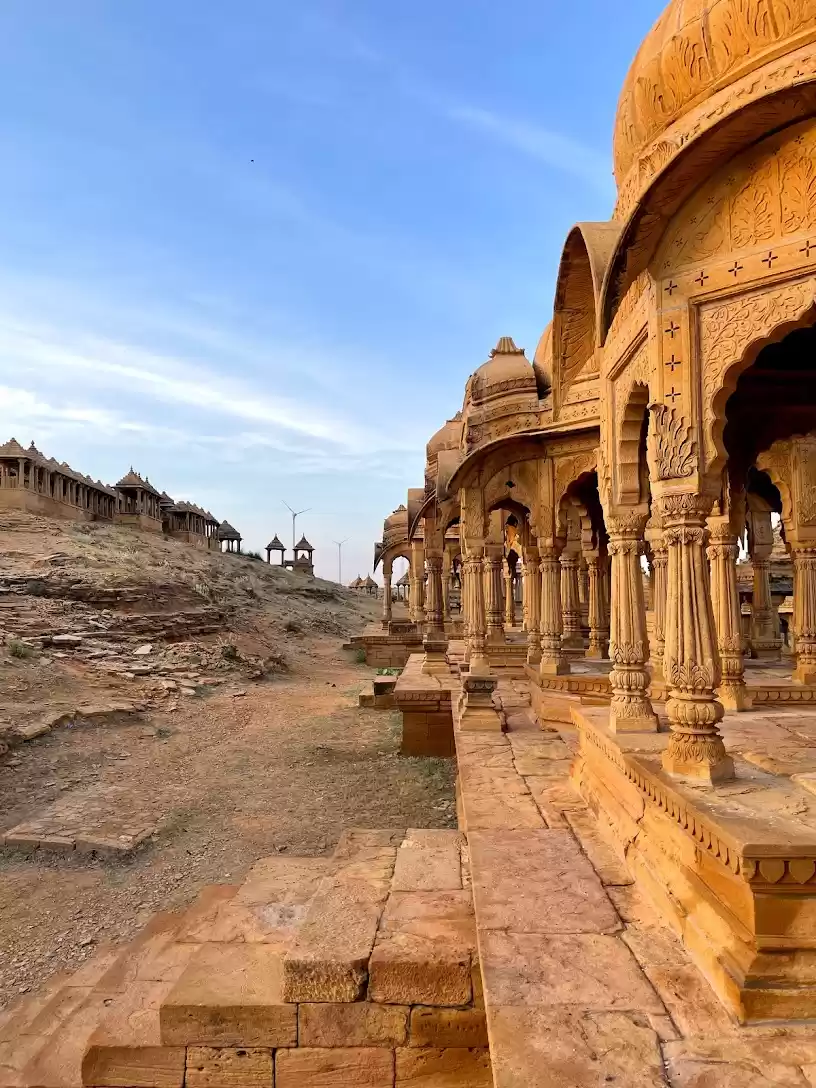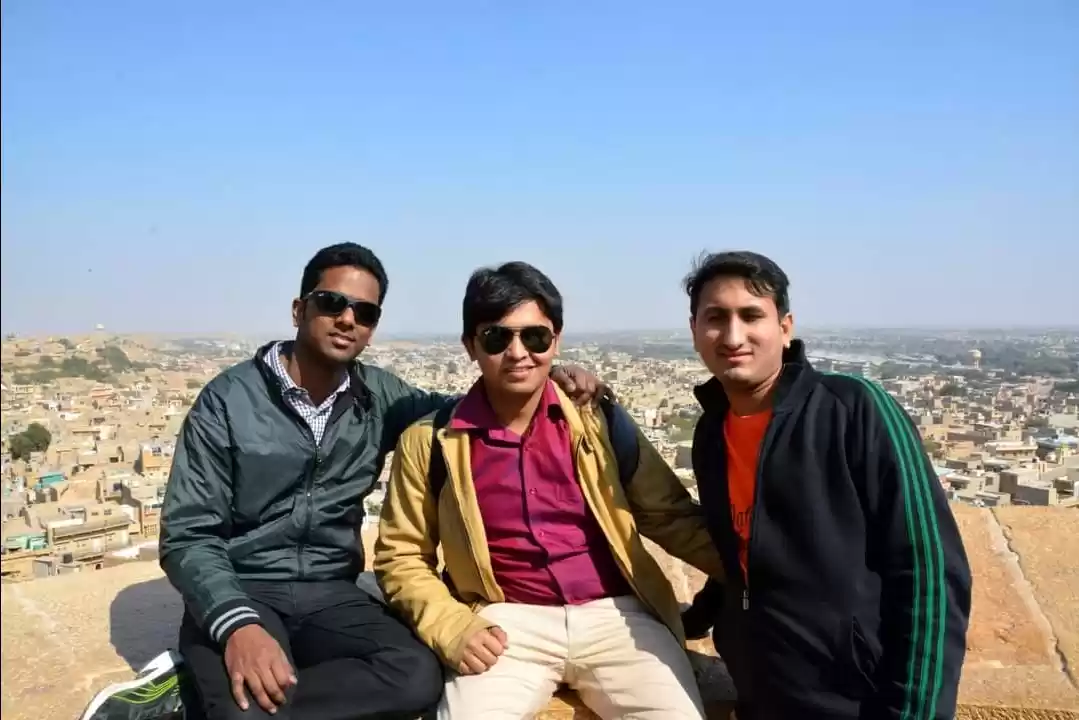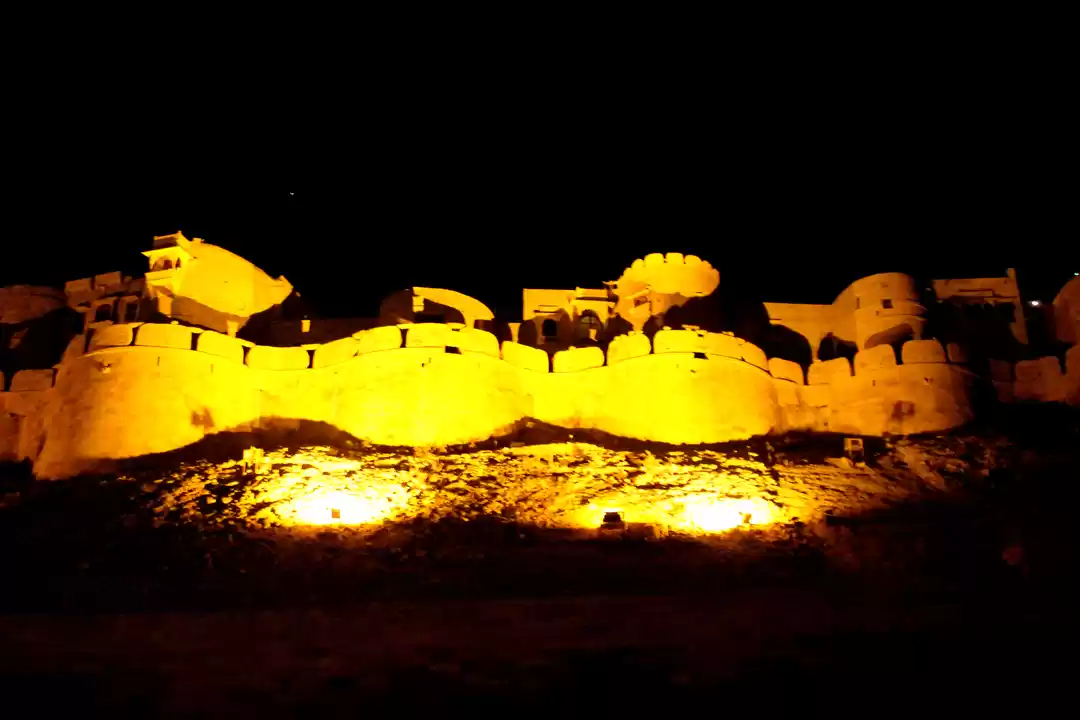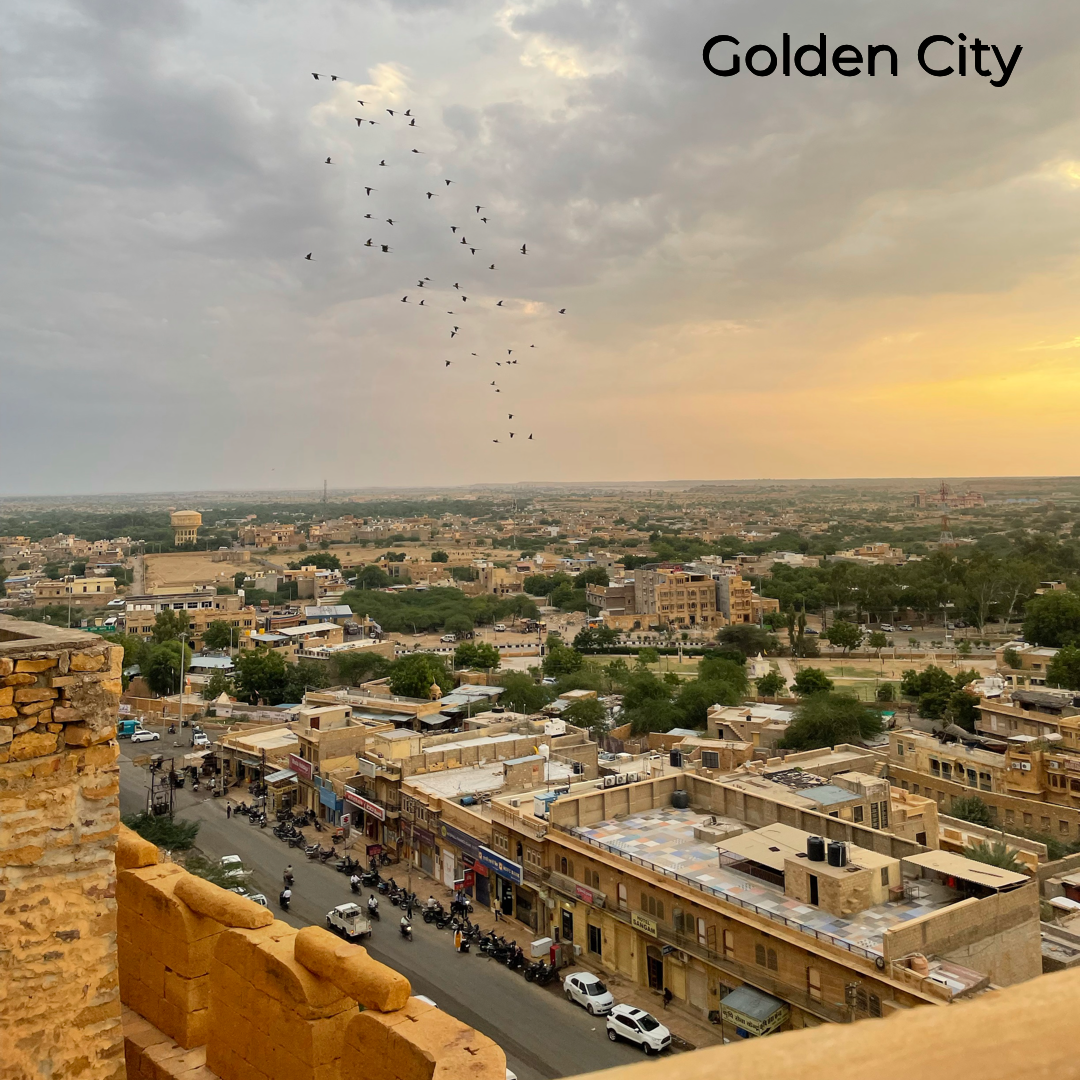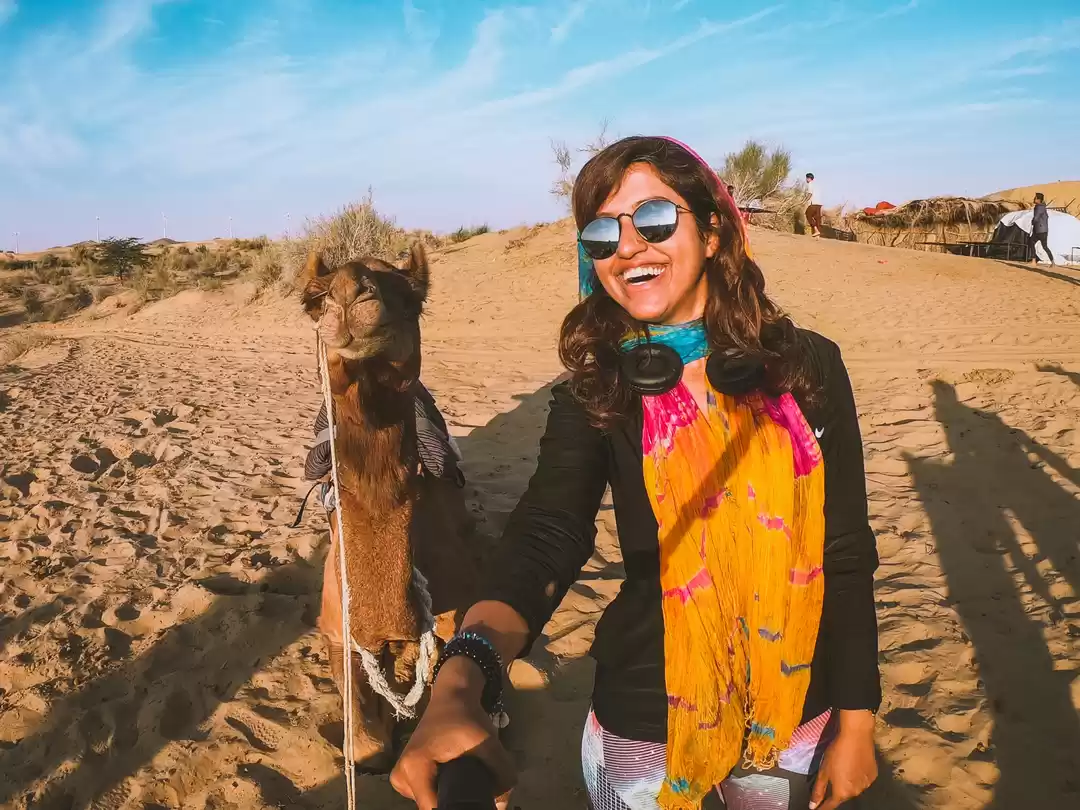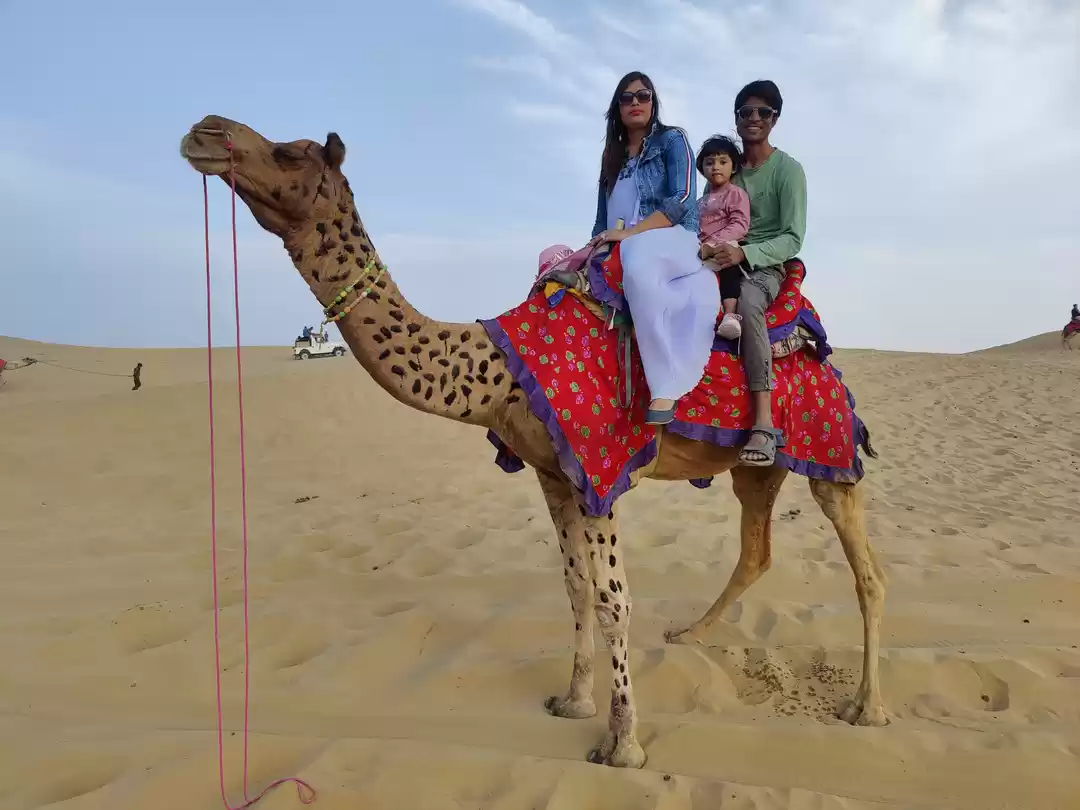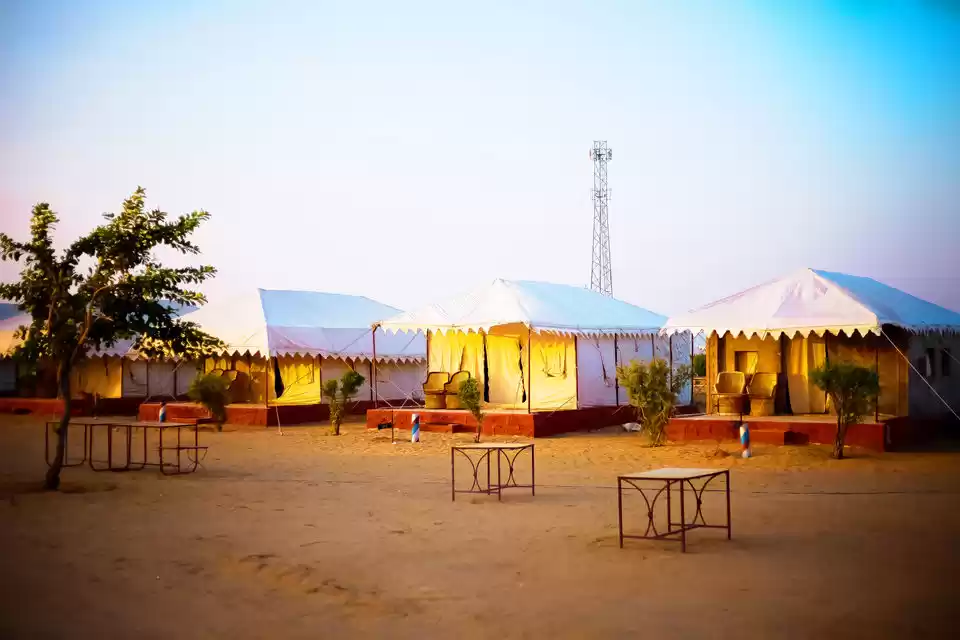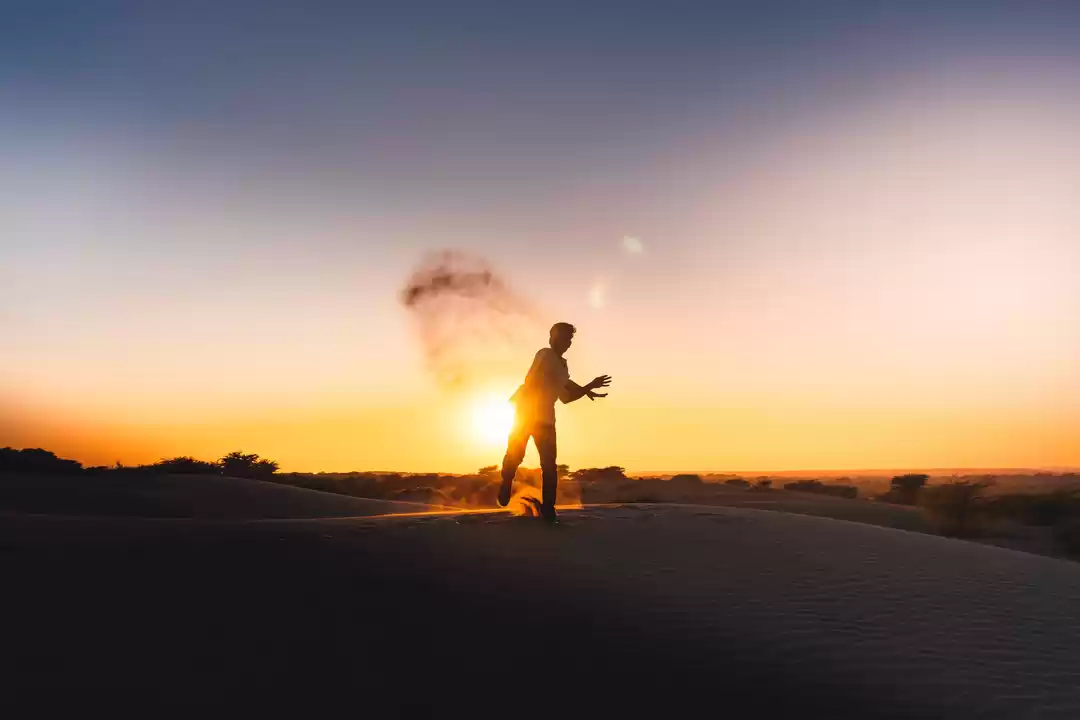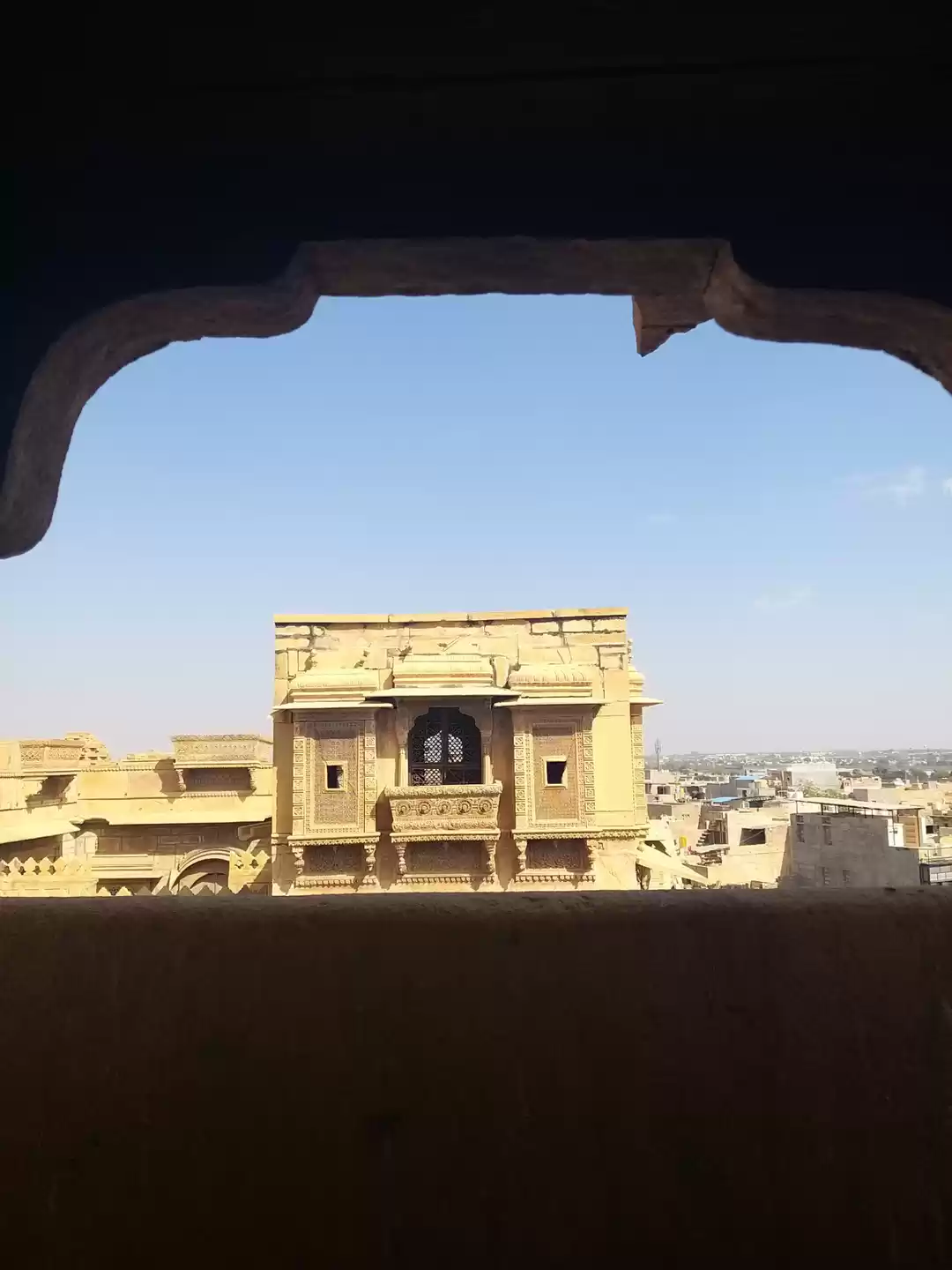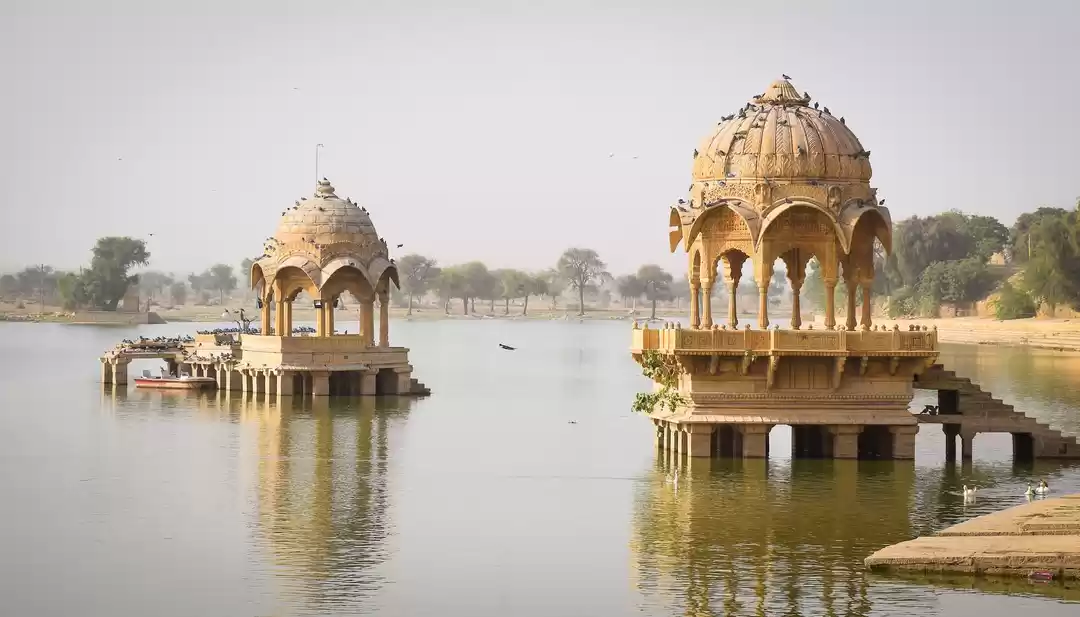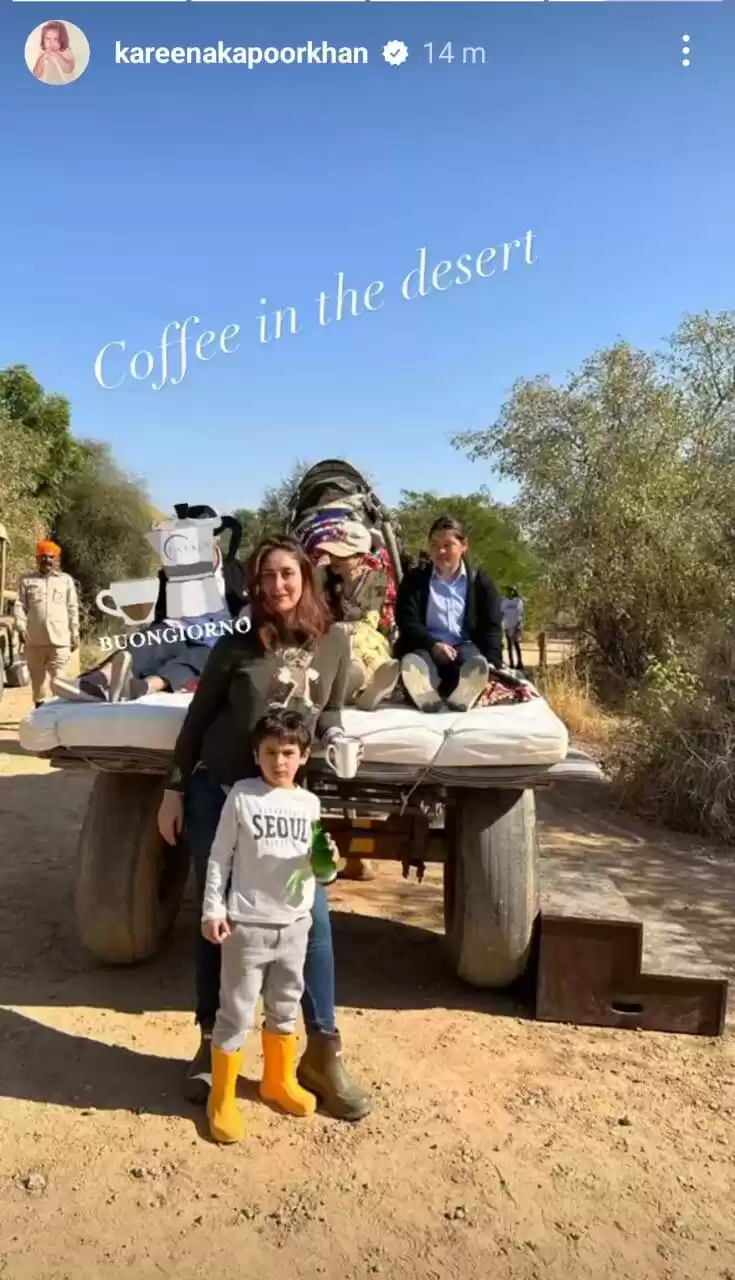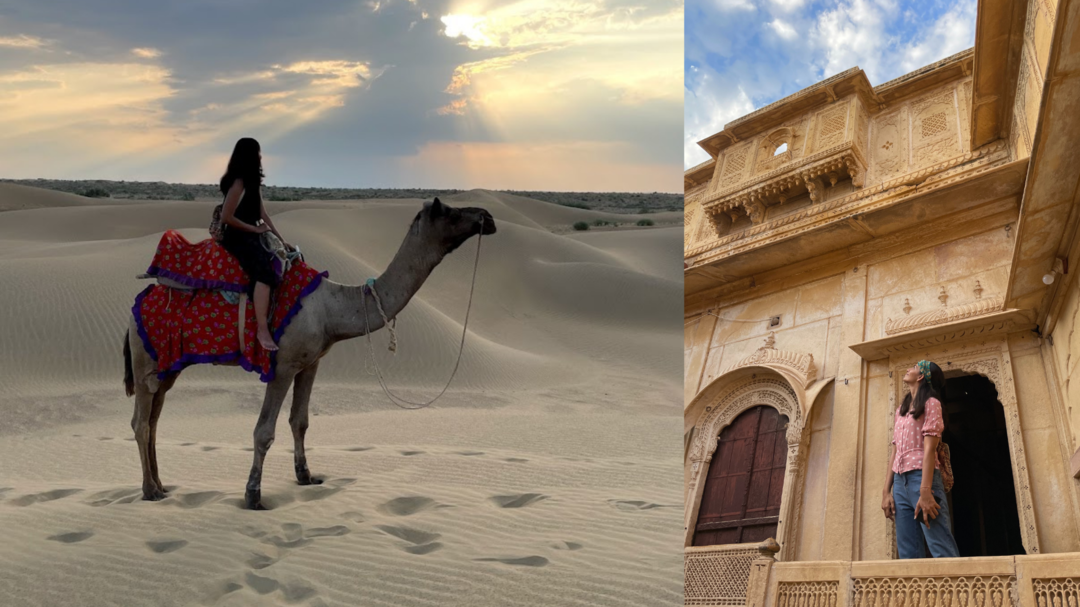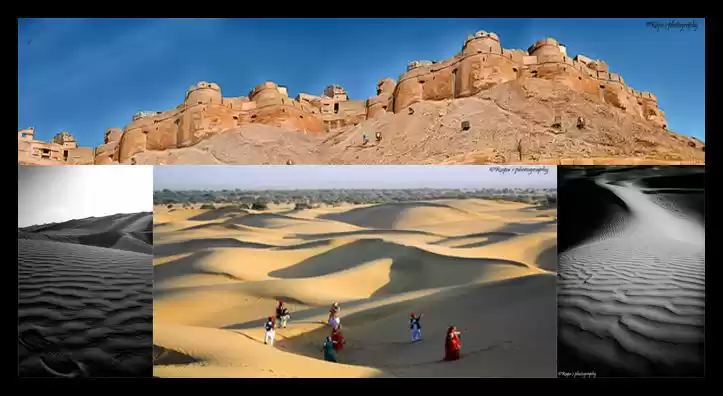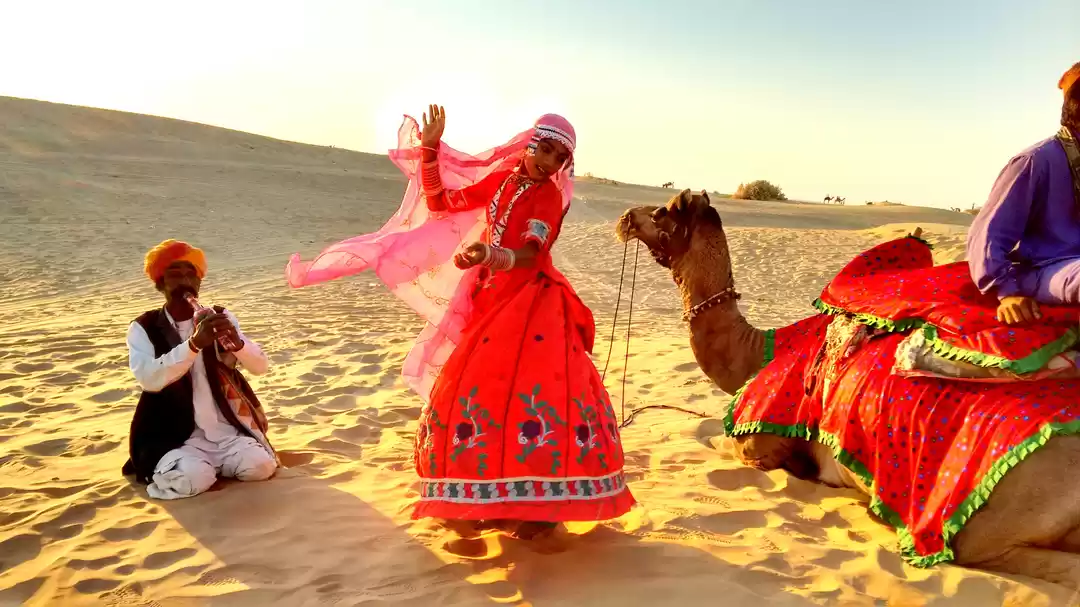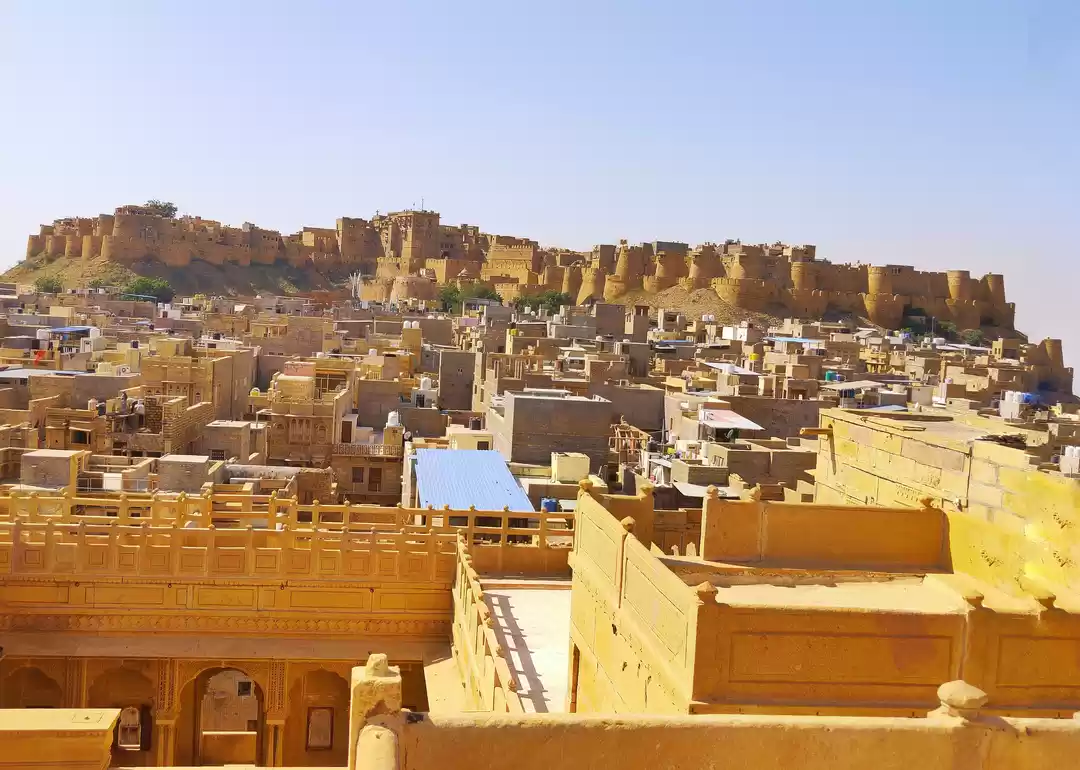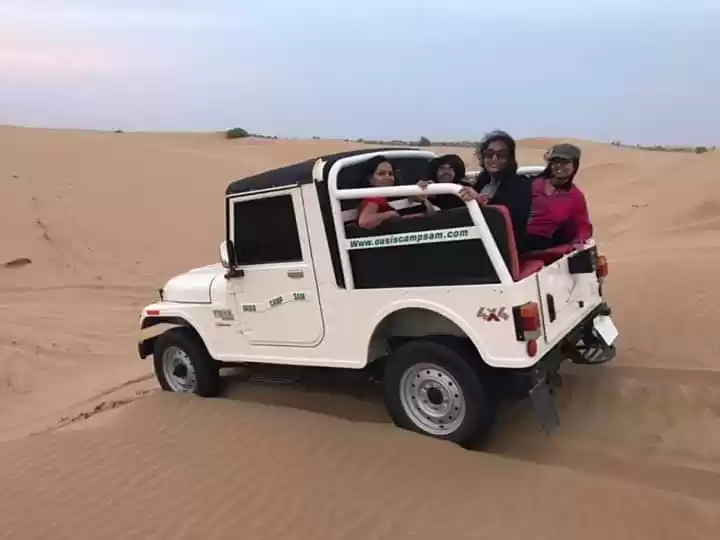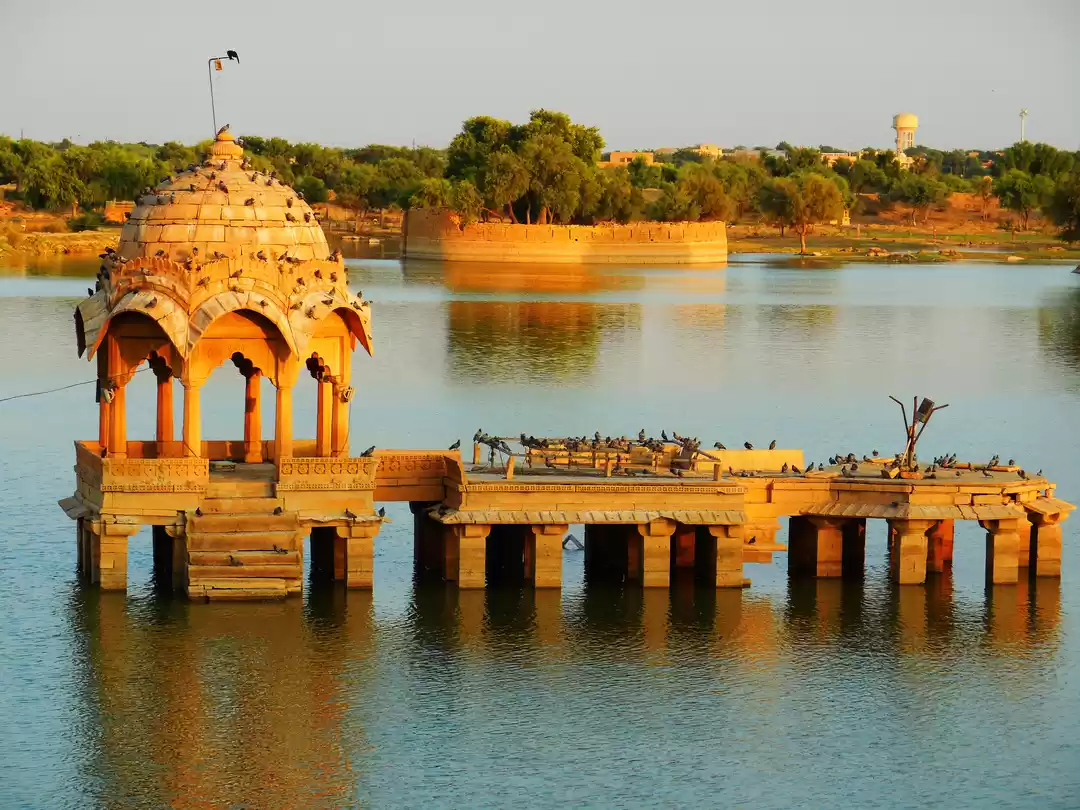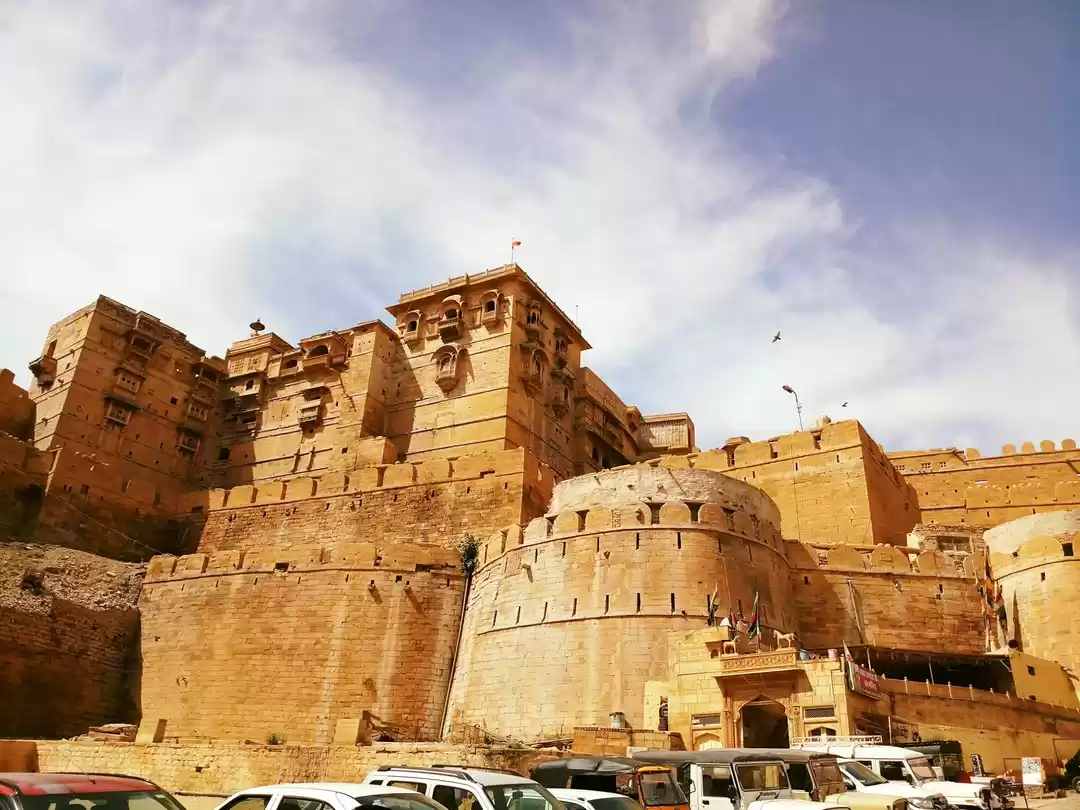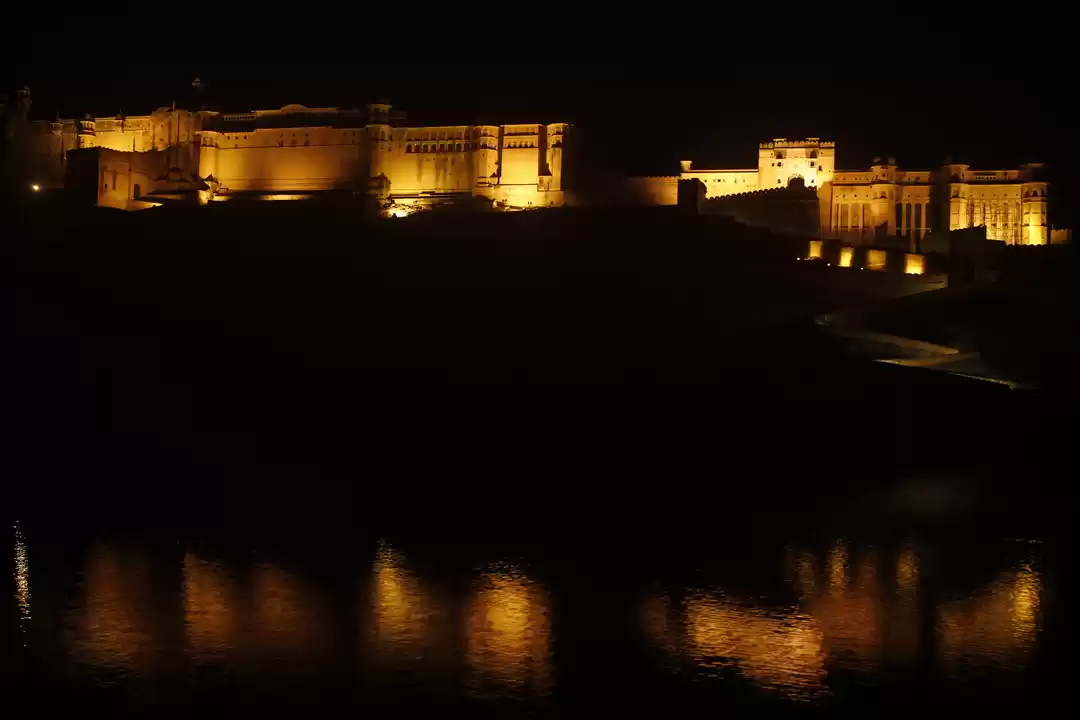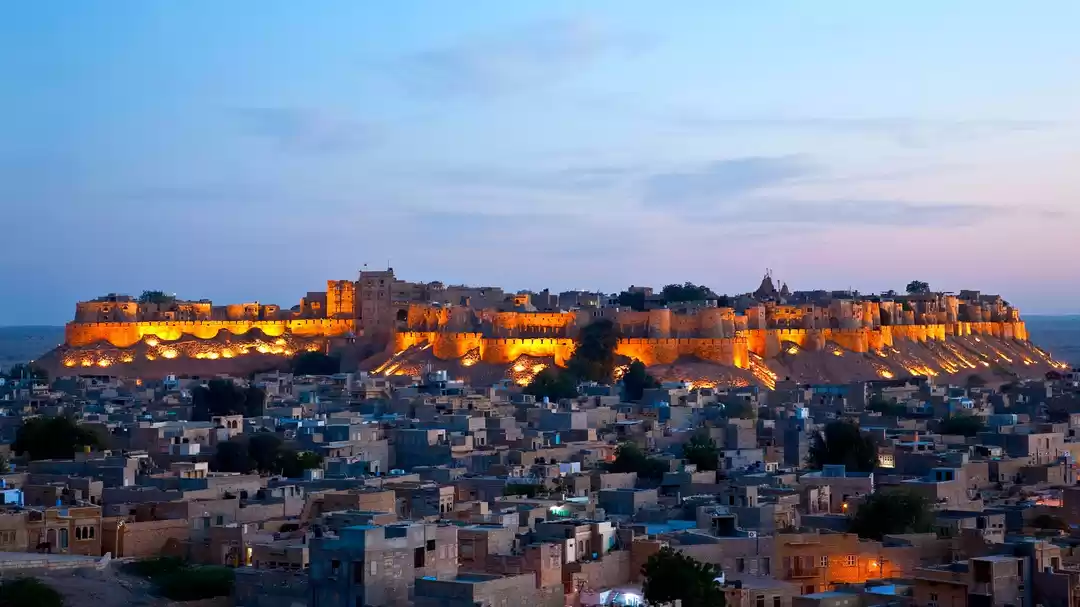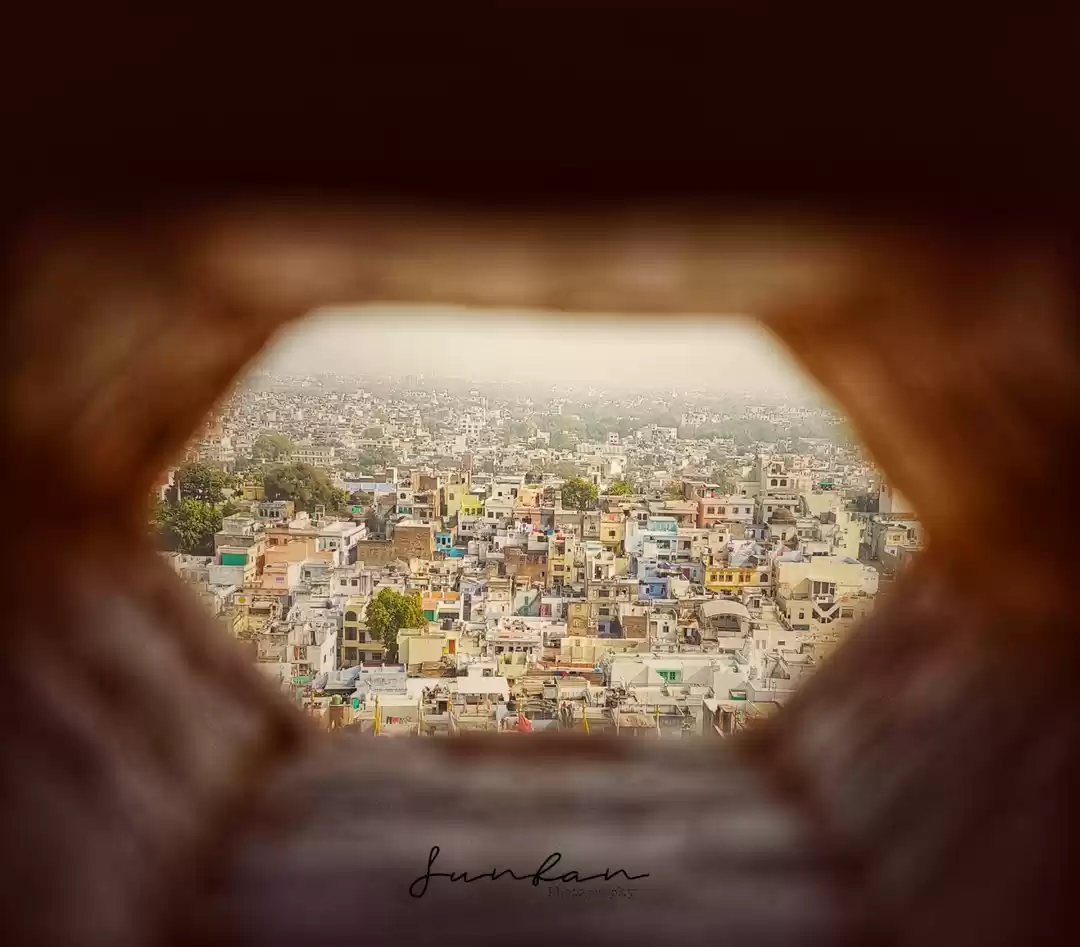
“Sonaaar Kella…” There are few Bongs who do not feel goosebumps when little Mukul looks up at the magnificent fort and mouths these two words in the climax of Satyajit Ray’s immortal thriller ‘Sonar Kella’ (The Golden Fort).
Few films have perhaps made as much impact to the economy of a city as ‘Sonar Kella’ did to Jaisalmer. Overnight, it catapulted the little-known town bordering the Thar Desert to all the top tourism maps of India. At least that’s what our local guide claimed.
The claim could be perfectly true, because Ray’s Golden Fort looks so very different from what it looks now. I was actually disappointed because the gorgeous fort has been practically pushed behind rows of shops selling souvenirs of every kind—trinkets, metalwork, rugs, clothes…
As the auto dropped us past the last of the fort gates, I looked around in confusion at the chaos. Where were the enigma and the isolation of Ray’s ‘Sonar Kella’? This was all an ugly show of luring and looting tourists. Ray perhaps never thought he would indirectly be the cause of the undoing of his beloved fort.
The quarters of the king and the queen are right at the central yard where the auto dropped us off. A narrow lane led off from there past countless souvenir shops, to a beautiful Jain temple, which is a must-see in the fort. Its exquisite architecture follows the same style as that of the famous Dilwara temple in Abu. It’s like seeing a mini golden version of the white Dilwara.
From there, we were gradually led out of the fort, getting a top view of the surroundings from the fort somewhere on the way. Most cities in Rajasthan have a ‘colour scheme’ according to which they are named. The old city of Jodhpur is Blue City, Udaipur is White City, Jaipur is Pink City… But none of it is perhaps as dramatic as the Golden City of Jaisalmer.

There was not a single building that had a different colour. Even road furniture like dividers and lampposts were built with the same yellow-sandstone bricks. And the city gradually melts into the golden Thar. I have seen few effects as stunning as that.
The guide told us ‘anecdotes’ from the filming of ‘Sonar Kella’. The climax had a vital role played by a peacock. But there were never any peacocks inside the fort. So Ray had to capture one for the shoot. Being our national bird, there are rules against capturing the bird. But being Ray, he got permission to do so, and a bird was apparently caught from the desert and later released at the same spot. I cannot vouch for the veracity of this tale though.




Built in 1156 by Rajput King Rawal Jaisal—from whom the town takes its name—the fort was crumbling and little seemed to be happening for maintenance. There was a scene in the movie where little Mukul climbs up a flight of stairs. We heard the staircase had collapsed. A huge ugly water tank has gained pride of place at one side. I was actually happy to leave the fort; I could not bear to watch its plight.
Our next stop in Jaisalmer was Patwon ki Haveli. The way to it passed through old lanes and bylanes hemmed by ‘golden’ houses. Many of them bore some carvings on the walls or on the door. The walk was pure joy. The haveli, which looked deserted, had rich carvings on its walls and windows (jharokhas) and gave a fantastic view of the fort from the rooftop. The road to it passes through old lanes and bylanes hemmed by ‘golden’ houses.
We spent the evening at Shyam (or Sam) sand dunes, watching sunset and then a desert music-and-dance show. We took a camel ride to the dunes from a certain point. Being yet another tourist hot-spot, it was teeming with people and camels.
Our camel-owner offered to give us a ride to the Pakistan border for Rs 150 (in 2010), which I had heard was a sham. I refused, but another youth of our group took it. He retuned glum-faced; apparently the camel-owner had taken him another kilometre or so into the desert, stopped in the middle of nowhere, and claimed it was the border.
The sunset was beautiful, but not extraordinary. As it is, too many people never make anything look extraordinary. I enjoyed the desert music show immensely. There were a couple of the famous Banjara dancers, too, showing off their well-known flexible moves. Overall, this show is not to be missed in Jaisalmer.
There was another spot in Jaisalmer which impressed me a lot. It was Gadisar Lake which we visited early in the morning. It’s not exactly a ‘lake’ but a water reservoir built by the then ruler of Rajasthan, Maharwal Gadsi Singh, in 1400.
Apart from the architecture, there is another remarkable thing to see there—the huge shoal of catfish in the lake. Since they are used to being fed by visitors, they come very close to the banks.
Apart from ducks, swans and pigeons, which live there, migratory birds can also be seen at the lake in winter. We saw boating arrangements on the lake. It’s a nice place to spend some time.
Overall, I would suggest spending at least a couple of days in Jaisalmer. We spent only one and I really regretted leaving it behind so soon. It’s one of the most charming places in Rajasthan.

